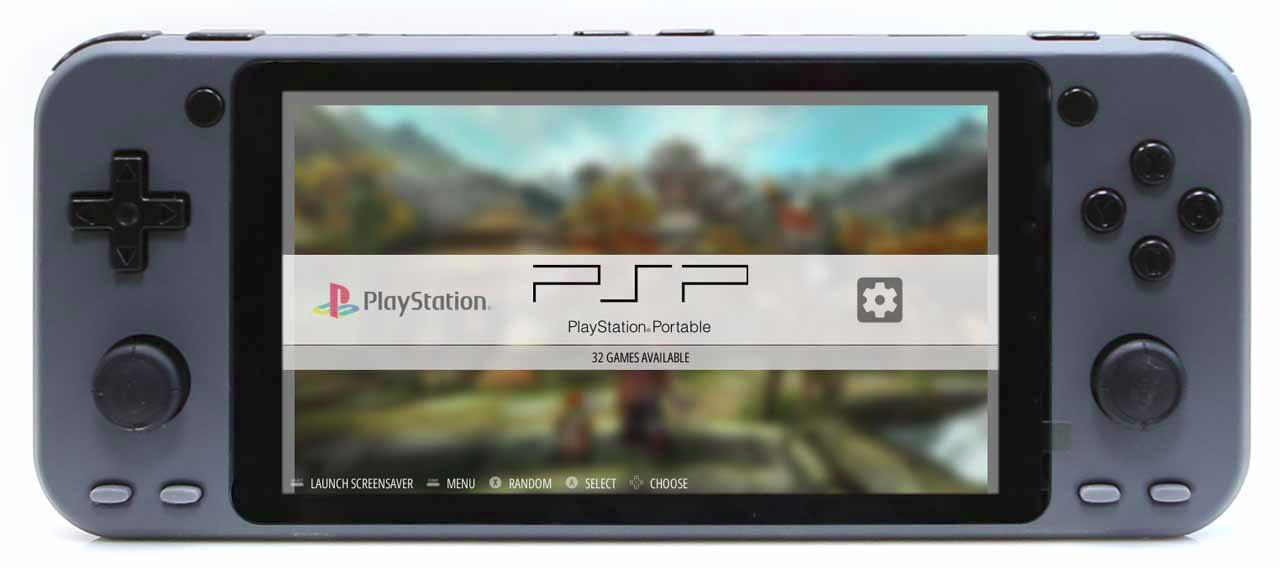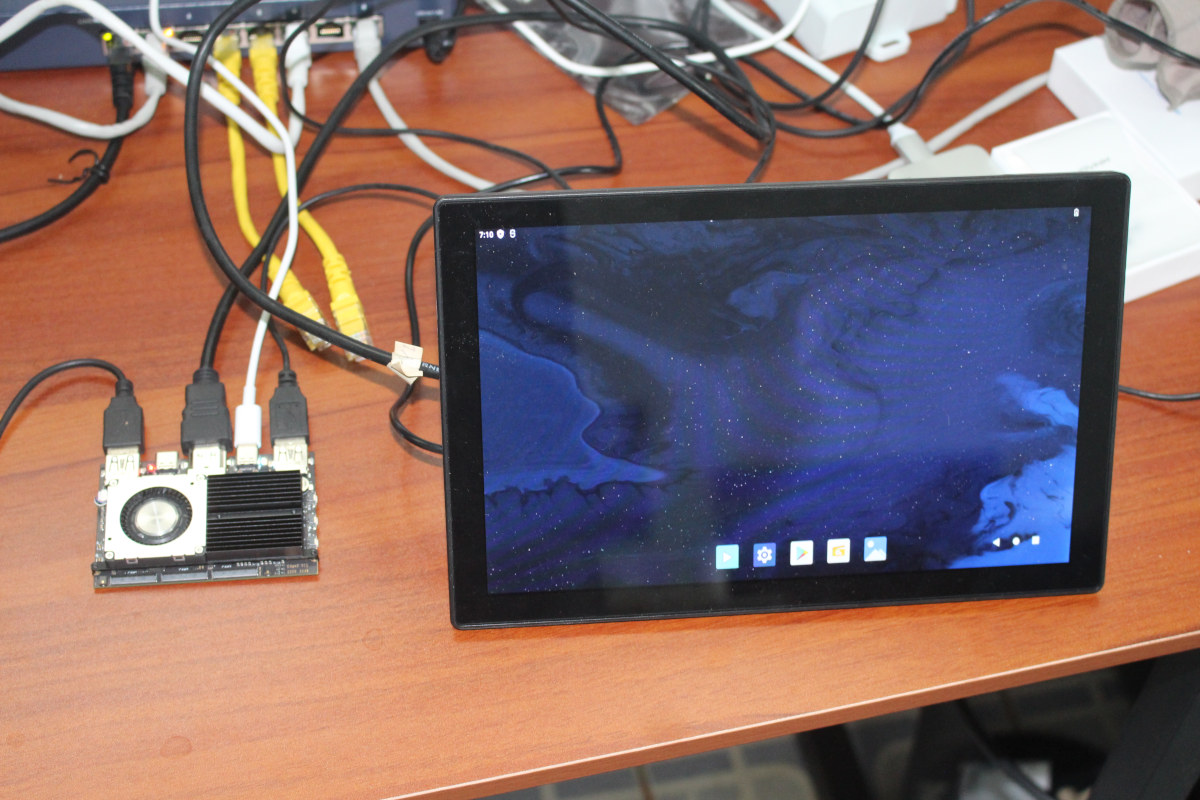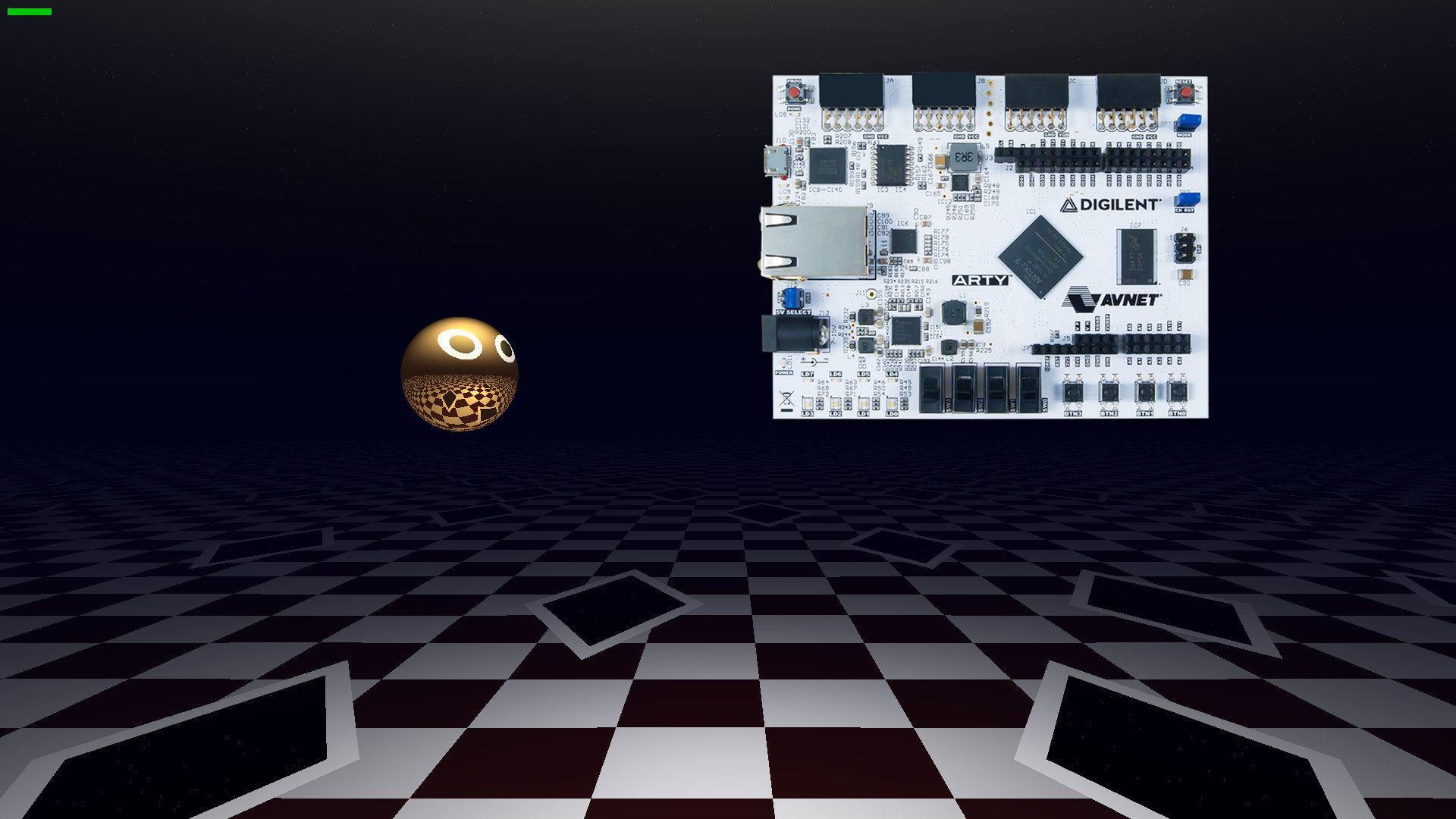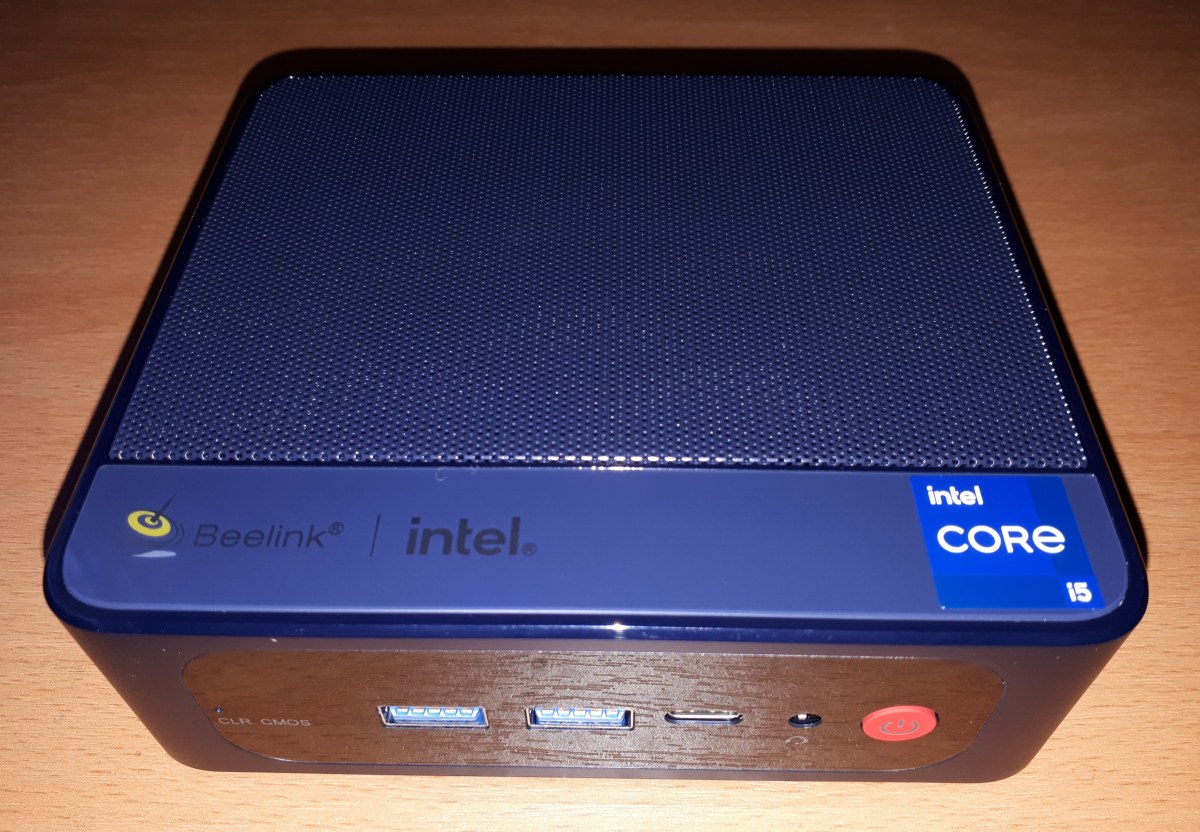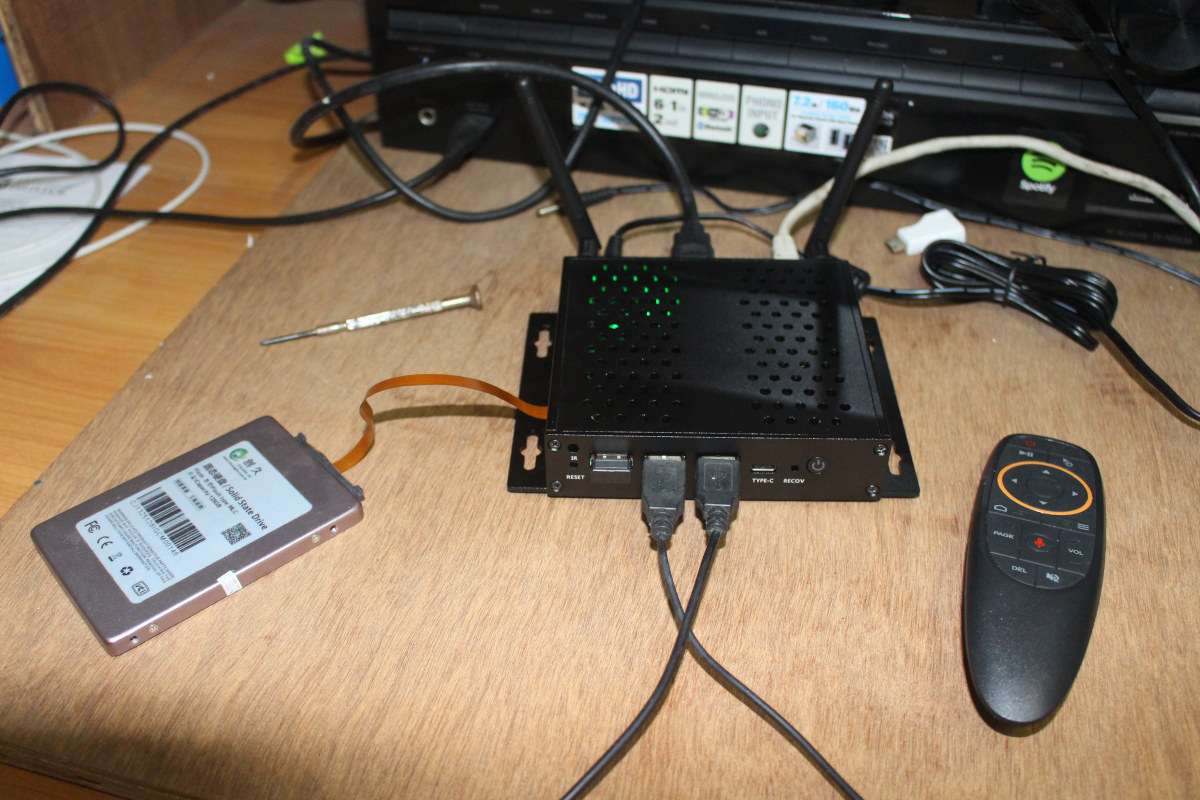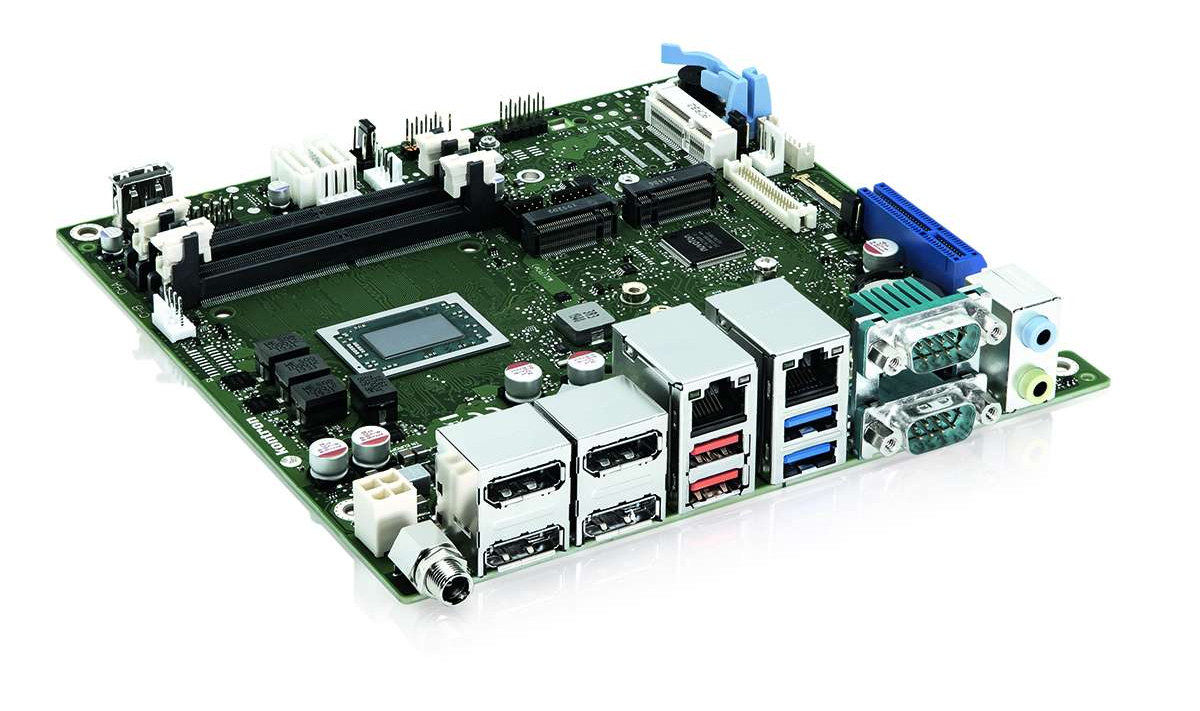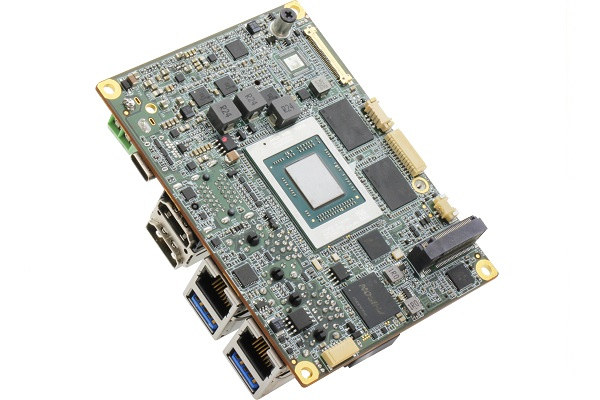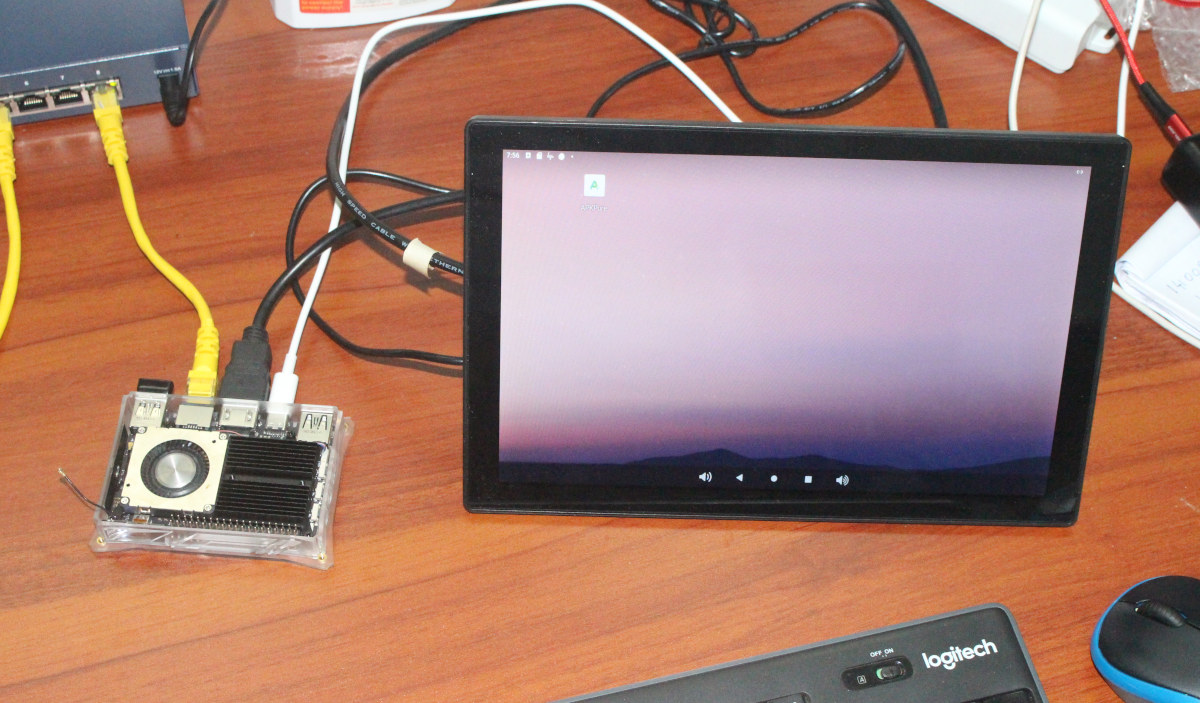Hardkernel ODROID-Go Ultra (OGU) portable gaming console and devkit is powered by the same Amlogic S922X hexa-core Cortex-A73/A53 processor found in the company’s ODROID-N2+ SBC. The new model also adds a 16GB eMMC flash for faster storage and increases the RAM capacity to 2GB. The Korean company’s adventure with portable gaming consoles started with the ESP32-based ODROID-Go to celebrate its 10th birthday in 2018. At the time it looked like a side project, but the console was popular enough that they released their first Linux handheld game console with the ODROID-Go Advance (OGA) in 2019, and then the ODROID-Go Super (OGS) in 2020 with a larger 5-inch display, and both equipped with a Rockchip RK3326 quad-core Cortex-A35 processor. The new ODROID-Go Ultra is based on the same design as the OGS model, but with a serious jump in performance, and the ability to support more demanding emulators. ODROID-Go Ultra specifications: […]
Khadas Edge2 review with Android 12
We’ve already reviewed Khadas Edge2 Pro with Ubuntu 22.04, and I’ve now had time to test the ultra-thin Rockchip RK3588S SBC with Android 12, so I’ll report my experience checking out the features, running some benchmarks, playing videos and games, etc… Flashing Android 12 to Khadas Edge2 board Our board was running Ubuntu 22.04, so in order to enter OOWOW firmware system, I had to keep pressing the function key (middle), then shortly press the reset button, before releasing the function key and entering the OOWOW interface. We can see the Android 11 image from the list we saw last month is gone for good, and a new Android 12 image dated September 20, 2022 is available. I selected that one, and OOWOW downloaded the files and flashed it to the board. Within five minutes, Android 12 was up and running on the board. As somebody who had spent several […]
3D game running on FPGA shown to be 50x more efficient than on x86 hardware
Sphery vs. shapes is an open-source 3D raytraced game written in C and translated into FPGA bitstream that runs 50 times more efficiently on FPGA hardware than on an AMD Ryzen processor. Verilog and VHDL languages typically used on FPGA are not well-suited to game development or other complex applications, so instead, Victor Suarez Rovere and Julian Kemmerer relied on Julian’s “PipelineC” C-like hardware description language (HDL) and Victor’s CflexHDL tool that include parser/generator and math types library in order to run the same code on PC with a standard compile, and on FPGA through a custom C to VHDL translator. More details about the game development and results are provided in a white paper. Some math functions were needed, including: floating point addition, subtraction, multiplication, division, reciprocals, square root, inverse square roots, vector dot products, vector normalization, etc. Fixed point counterparts were also used for performance reasons and to […]
Beelink SEi11 Pro Review – An Intel Core i5-11320H mini PC tested with Windows 11, Ubuntu 22.04
The latest mini PC marketed in the ‘Pro’ range from Beelink is the SEi11 Pro and features one of last year’s Intel H-series processors typically used in gaming laptops. Beelink kindly sent one for review and I’ve looked at performance running both Windows 11 and Ubuntu 22.04. Beelink SEi11 Pro hardware overview The Beelink SEi11 Pro physically consists of a 126 x 113 x 40mm (4.96 x 4.45 x 1.57 inches) square metal case. As an actively cooled mini PC, it uses Intel’s ‘10 nm SuperFin’ Tiger Lake processor and the review model included an i5-11320H which is a quad-core 8-thread 3.20 GHz Core processor (at 35W TDP) boosting to 4.50 GHz with Intel’s Iris Xe Graphics. The front panel has an illuminated power button, a 3.5mm headphone jack, a data-only Type-C USB 3.1 port, dual USB 3.1 ports and a reset pin-hole ‘CLR CMOS’. The rear panel includes a […]
Mekotronics R58 review – Part 2: Android 12 on Rockchip RK3588 CPU
I’ve written the first part of Mekotronics R58 review last month with an unboxing, teardown, and first boot with 3D graphics benchmarks. I’ve now had more time to play with Android 12 on the Rockchp RK3588 mini PC, so I’ll report my experience with the device. User interface and settings As already mentioned, the box ships with Android 12 for TV and the stock launcher. The Google Play store is working, and I had no troubles installing all apps I needed for the review. Most of the settings are pretty much standard. While the first time, I used Ethernet, and also tried WiFi 6 connecting the R58 to Xiaomi Mi AX6000 router. It worked but not without some effort, as initially, all I got were messages like “Couldn’t find SSID” both with 2.4GHz and 5GHz SSIDs. It turned out I had to disconnect the Ethernet to make WiFi work, and […]
Kontron D3723-R – An AMD Ryzen Embedded R2000 motherboard in mini-ITX form factor
Kontron D3723-R is an industrial mini-ITX motherboard equipped with the just-announced AMD Ryzen Embedded R2000 processor family that delivers higher performance than Ryzen R1000 Series while keeping the costs lower than AMD Ryzen Embedded V2000 solutions, and enabling Windows 11 support. Manufactured in Germany, the Kontron D3723-R will be offered with Ryzen R2312, R2314, R2514 and R2544 SKUs, and be particularly suitable for embedded graphics applications such as professional casino gaming systems, medical displays, thin clients, industrial PCs, infotainment, and digital signage systems. Kontron D3723-R specifications: SoC (one of the other) AMD Embedded R2312 dual-core/quad-thread processor @ 2.7 / 3.5 GHz (Turbo) with 3-core AMD Radeon Vega Graphics; 12-35W TDP AMD Embedded R2314 quad-core processor @ 2.1 / 3.5 GHz (Turbo) with 6-core AMD Radeon Vega Graphics; 12-35W TDP AMD Embedded R2514 quad-core/eight-thread processor @ 2.1 / 3.7 GHz (Turbo) with 8-core AMD Radeon Vega Graphics; 12-35W TDP AMD Embedded […]
PICO-V2K4 – A Pico-ITX board with AMD Ryzen Embedded V2000 processor
AAEON PICO-V2K4 is a Pico-ITX board powered by an AMD Ryzen Embedded V2000 processor with up to 8 cores, AMD Radeon graphics, which should make it the world’s smallest Ryzen V2000 SBC on the market. The board comes with up to 32GB soldered-on memory and a 64GB NVMe flash, supports for SATA and M.2 NVMe storage, dual Gigabit Ethernet, up to four 4K display interfaces, four serial ports, and more. Use cases range from medical imaging (x-ray and MRI scan analysis) to casino gaming machines, and industrial automation. AAEON PICO-V2K4 specifications: AMD Ryzen Embedded V2000 processor (one or the other) Ryzen V2718 octa-core/16-thread processor @ up to 1.7-4.15 GHz (Turbo) with Radeon RX Vega 7 GPU; TDP: 10-25W Ryzen V2516 hexa-core/12-thread processor @ up to 2.1-3.95 GHz (Turbo) with Radeon RX Vega 6 GPU; TDP: 10-25W System Memory – Up to 32GB LPDDR4x 3733 MHz Storage Up to 64GB on-board […]
Khadas VIM4 Review – Part 2: Android 11 preview and benchmarks
In the first part of Khadas VIM4 review, I showed off the Amlogic A311D2 SBC and some accessories such as the DIY case and M2X expansion board to add M.2 SSD and modem and tried out OOWOW cloud services to install Ubuntu 20.04 server. I’ve now just gotten Fiber Internet at home, so it’s much more practical to test the system, and in the second part of the review, I’ve installed Android 11 on the VIM4 board, checked out settings and system info, and ran some benchmarks. It will be more like a preview since Android 11 is not a consumer-friendly system at this time, and is more designed for people wanting to build their own applications. Installing Android 11 on Khadas VIM4 with OOWOW system Last time around, I used OOWOW system install in the SPI flash on the board to download and install Ubuntu 20.04 server to the […]


